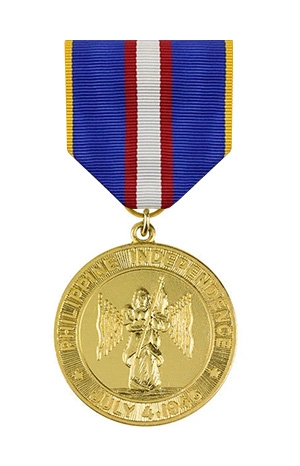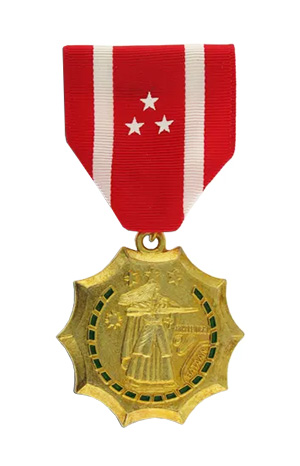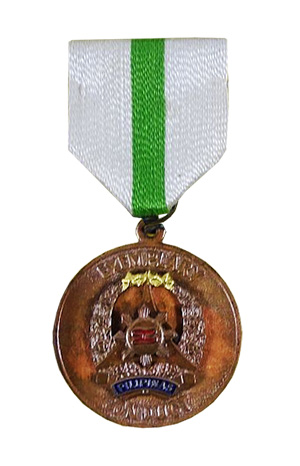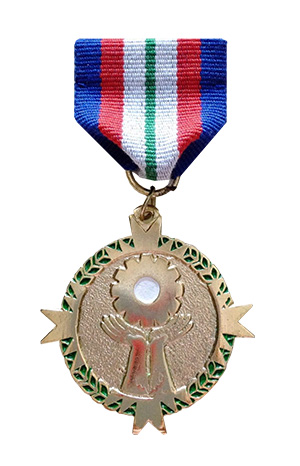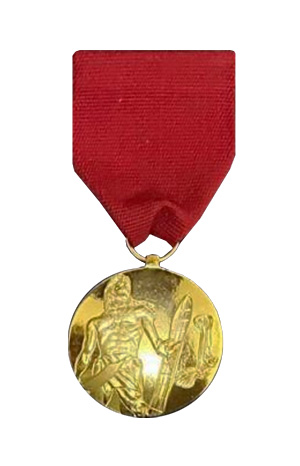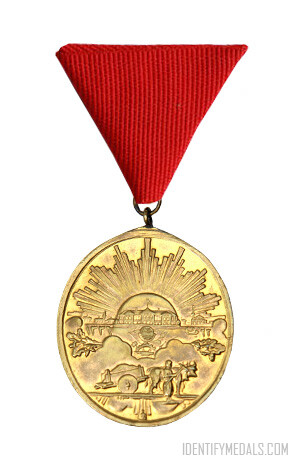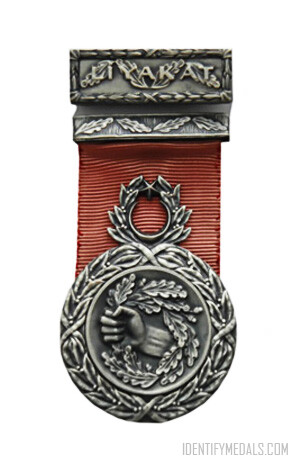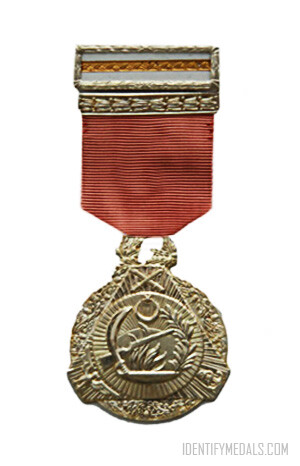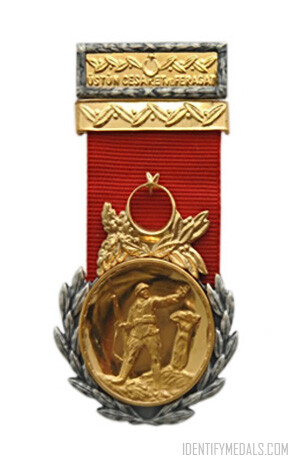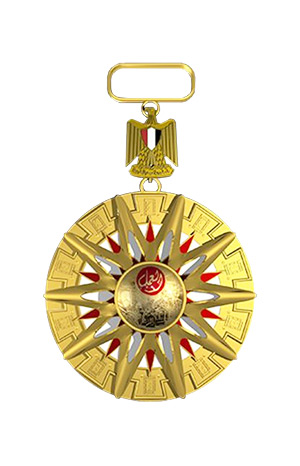- Time Period: WW2 Period
- Year of Institution: 3 July 1946
- Country: Republic of The Philippines
The Philippine Independence Medal is a military decoration established by the Philippine Army Headquarters on July 3, 1946, initially as the Philippine Independence Ribbon.
The addition of the medal occurred in 1968. It honors individuals who served in various Philippine Commonwealth military operations during World War II.
The Philippine Independence Medal Criteria
To qualify for the Philippine Independence Medal, a service member must have previously been awarded both the Philippine Defense Medal and the Philippine Liberation Medal. The eligibility for wearing these awards must have been recorded before November 24, 1954. This criterion effectively encompassed individuals who participated in the initial resistance against Japanese invasion and contributed to the campaigns to liberate the Philippines from Japanese occupation between October 1944 and September 1945.
The decoration was also open for authorization to the United States and other foreign military personnel, resulting in several retroactive awards presented between 1945 and 1948. Notably, General of the Army Douglas MacArthur was among the distinguished American recipients.
Initially, the Philippine Independence Medal was bestowed as a service ribbon only. It wasn’t until 1968 that President Ferdinand Marcos authorized the addition of a full-sized medal.

